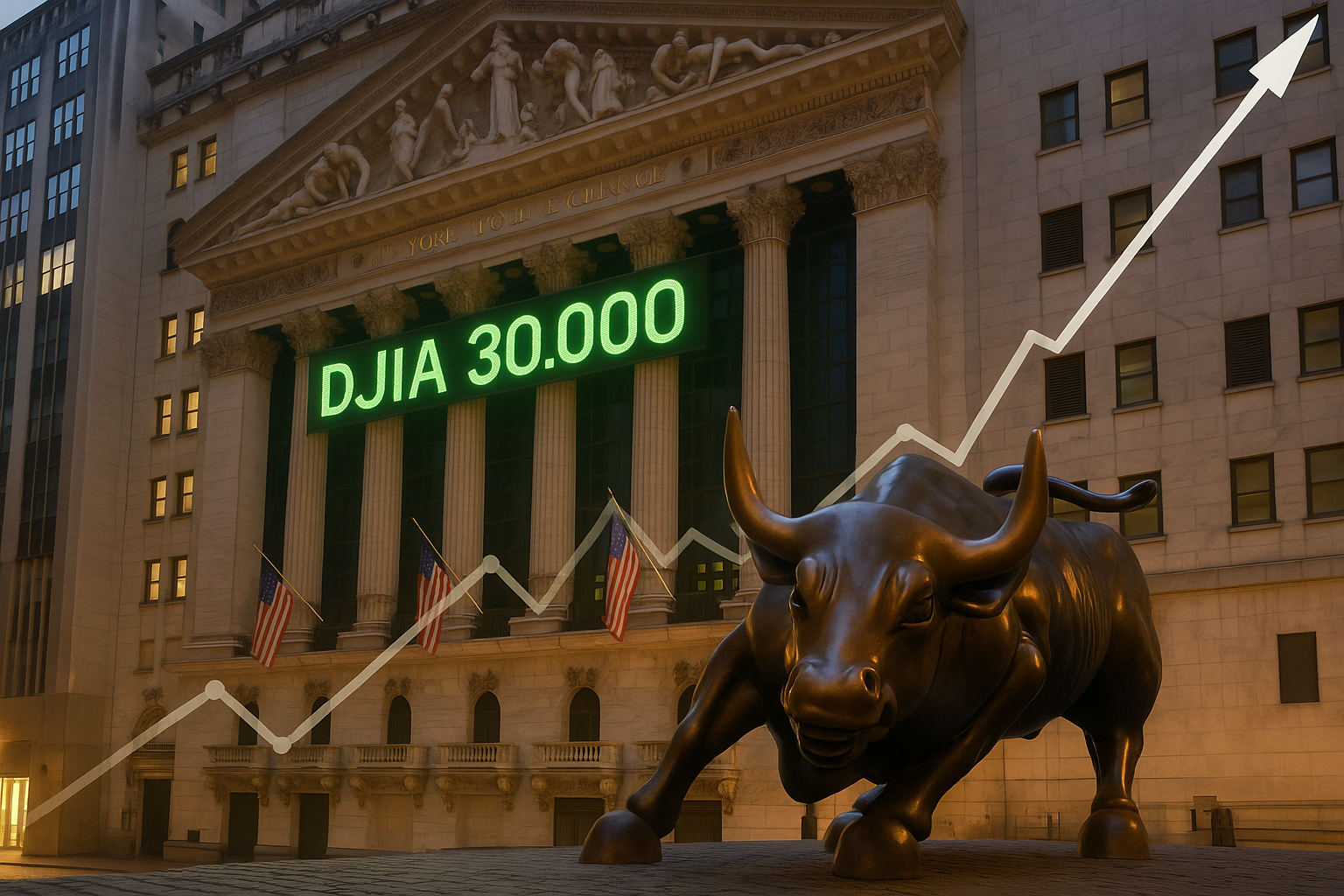The Dow Jones Industrial Average (DJIA) has been the granddaddy of market indicators for over 125 years, and despite frequent criticism of its price-weighted methodology, it remains one of the most watched indices in the world. While specific recent data wasn't available in the search results, understanding the Dow's significance helps put market movements in context.
I've always found it fascinating that an index created in 1896 still commands so much attention. The Dow's 30 components represent some of America's most established companies - though the roster has changed dramatically over time. (General Electric, the last original component, was finally removed in 2018 - the end of an era!)
What makes the Dow particularly interesting to me is how it serves as a shorthand for market sentiment. When people ask "How's the market doing?" they're often really asking about the Dow, even if professional investors tend to focus more on broader indices like the S&P 500.
"The DJIA's movements often capture headline attention, but it's important to recognize its limitations as a market indicator," explains Robert Davies of Wall Street Analytics. "Its price-weighted methodology means higher-priced stocks have disproportionate influence regardless of their market capitalization."
Despite these methodological quirks, the Dow's movements do provide valuable signals about economic health. Because it includes companies from diverse sectors - from technology and finance to healthcare and consumer goods - significant moves in the index often reflect broader economic trends.
I've noticed that international investors, particularly those new to U.S. markets, often track the Dow as their primary window into American economic health. This global attention means that Dow milestones (crossing 30,000, for instance) can influence market psychology worldwide.
For investors building portfolios, I think it's worth remembering that while the Dow captures blue-chip America, it doesn't necessarily represent the broader market. Its limited technology exposure - despite recent additions - means it sometimes lags during tech-driven rallies.
The historical perspective the Dow provides is perhaps its greatest value. Having witnessed everything from the Great Depression to the pandemic crash, the index's long-term upward trajectory serves as a powerful reminder of the market's resilience through crises - something worth remembering during volatile periods.




